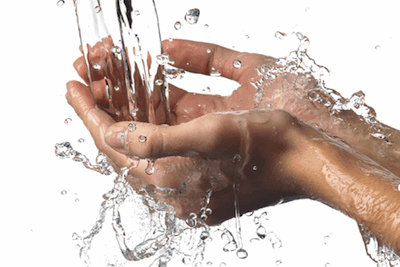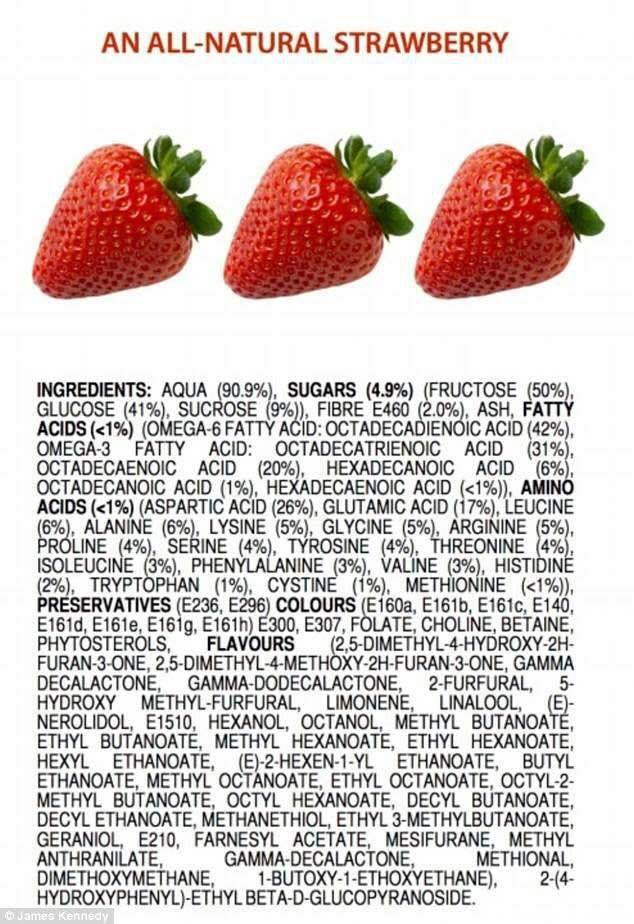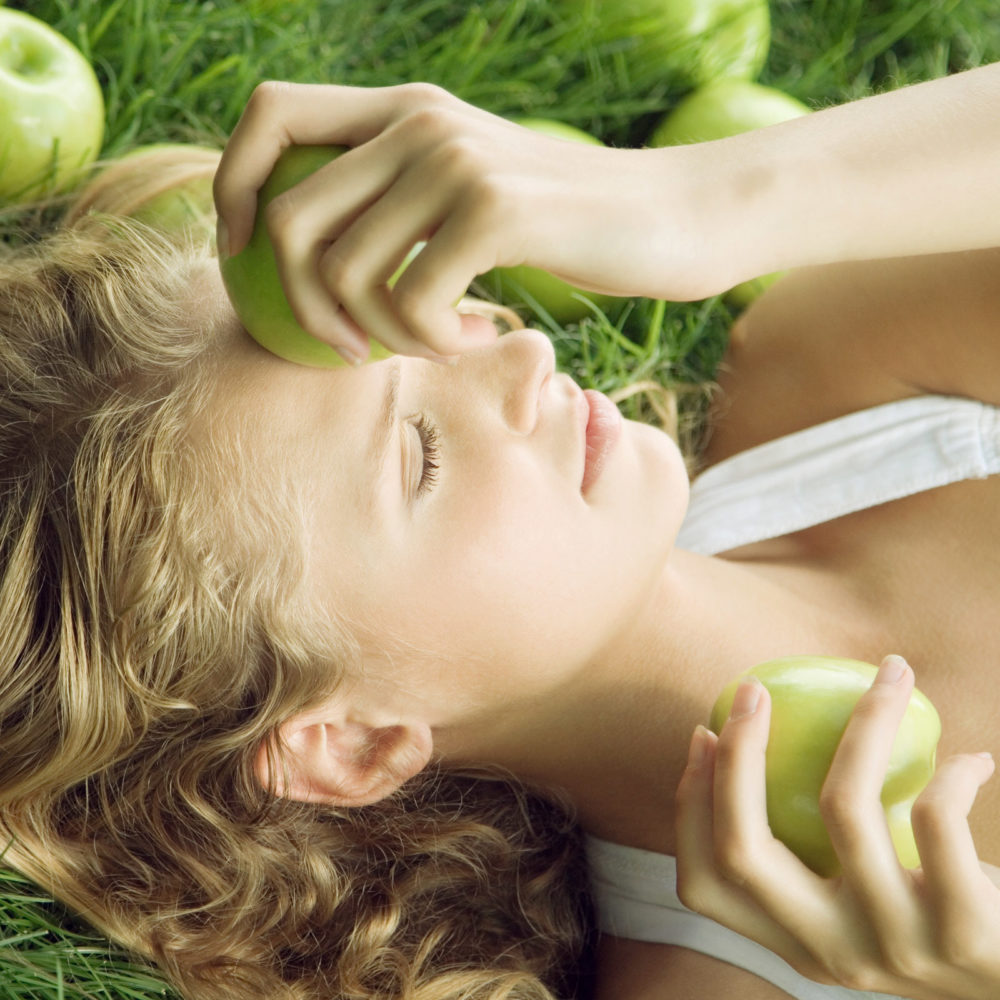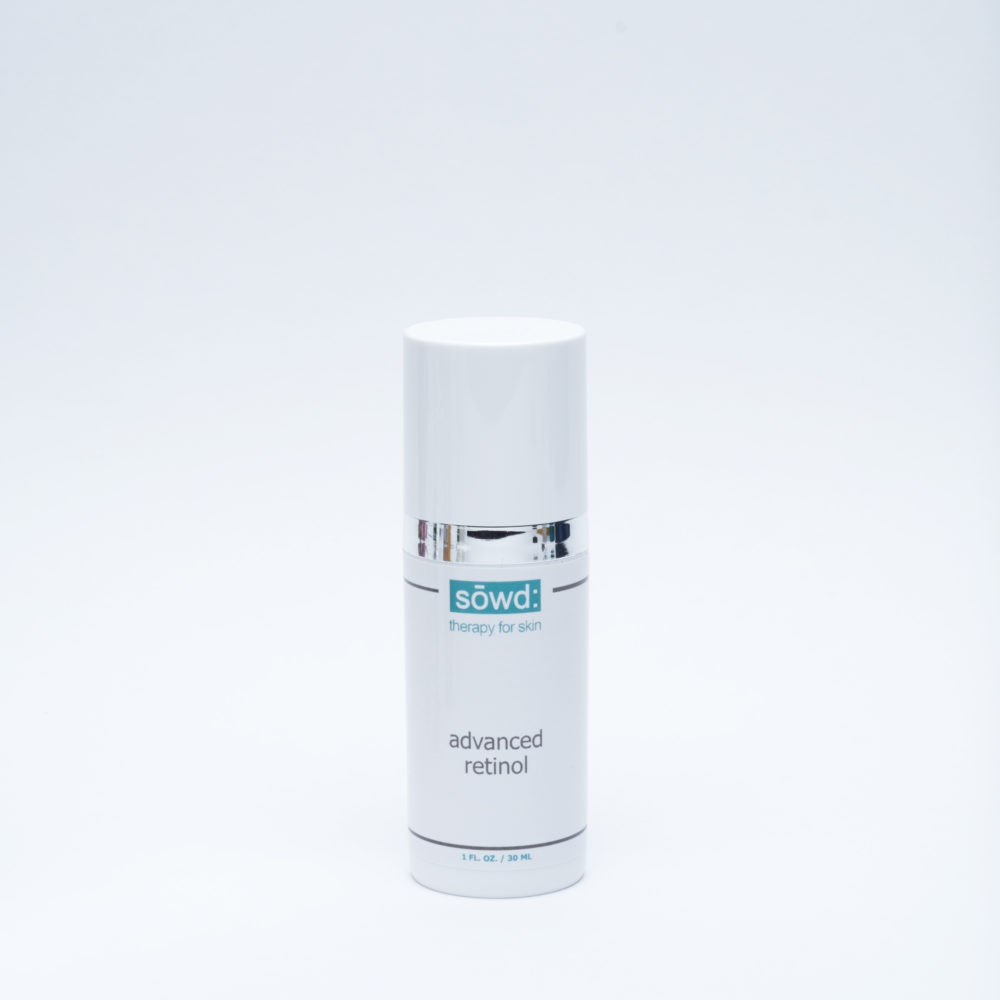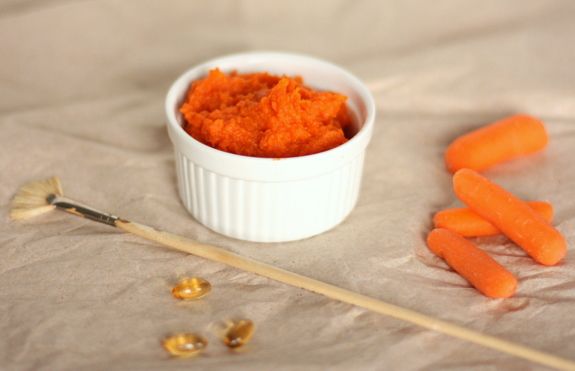Adequate water intake helps your brain function, maintains energy levels, regulates body temperature, aids in digestion, and ultimately keeps your body healthy but does it hydrate your skin?
“Humans aren’t like plants. Our skin doesn’t perk up when we consume water,” says Katie Rodan, a dermatologist in the San Francisco Bay area and a coauthor of Write Your Skin a Prescription for Change. When you drink water, It goes through the intestines, gets absorbed into your bloodstream, and is filtered by kidneys then finally, it hydrates the cells (including the skin cells).
Your skin type is largely determined by your genes, natural moisture levels fluctuate depending on to what your skin’s protective lipid barrier is exposed. This lipid layer helps keep moisture in while keeping germs and irritants out. When this lipid layer is compromised, skin can become dry, red and itchy. Minimizing your exposure to depleting elements like harsh winds, dry heat, high altitude, sun, alcohol, long baths and soaps containing sulfates can prevent the loss of natural oils.
“Diet can play a role in strengthening your skin’s ability to maintain moisture,” says Leslie Baumann, a professor of dermatology at the University of Miami, in Florida. Foods rich in the essential fatty acids found in walnuts, flaxseed, salmon, and olive oil can help skin cells stay hydrated. A study by the Institute of Experimental Dermatology, in Germany, also revealed that women who took flaxseed- or borage-oil supplements (2.2 grams a day) for 12 weeks experienced a significant increase in skin moisture and a reduction in roughness. A healthy diet with three to five servings a week of fatty acids will suffice for the average person.
A good moisturizer can instantly improve the look and feel of dry skin, apply it twice a day to help heal serious dehydration. The two key ingredients to look for are stearic acid (a fatty acid), and emollient ceramides. A quarter-size dollop of lotion will do much more for your skin than drinking a quart of water.


